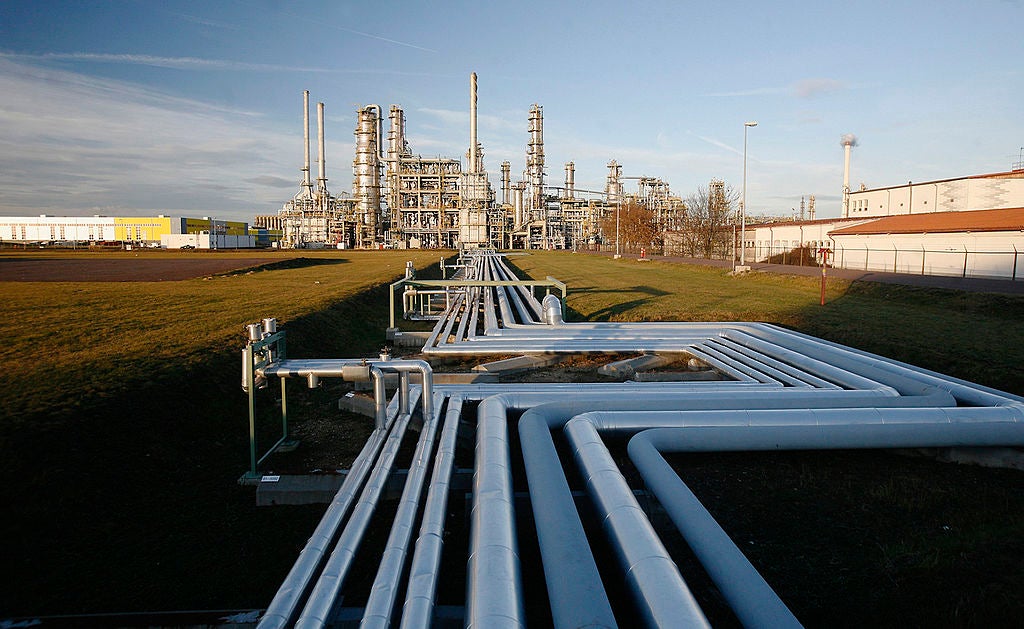
When global demand for fossil fuels peaks, an accelerated energy transition will beckon. When previous global energy systems have peaked, their declines have come with falling prices, collapsing profits, stranded assets and companies going bust. The cost of capital rises for peaking industries, starving them of the ability to invest, and accelerating their subsequent decline.
As things stand, however, demand for no fossil fuel is believed to have definitively peaked. Even coal – the dirtiest fossil fuel, which has been in structural decline in Europe and the US for more than a decade – has yet to begin a clear downward trajectory. Buoyed by booming demand in China, global coal consumption increased in both 2021 and 2022, with the 2022 figure (161.47 EJ) just shy of the year with the most coal ever consumed, 2014 (161.49 EJ), according to the Statistical Review of World Energy.
However, peak fossil fuels are nonetheless in sight. The International Energy Agency (IEA) said in June it anticipated peak oil demand by the end of the decade. And even natural gas – long-touted by the industry as a “transition fuel” whose role will endure longer than coal – could soon see peak demand, according to new research from think tank E3G.
The research highlights how under a business-as-usual scenario, the IEA expects global gas demand to now plateau towards the end of the decade and peak by around 2030. This is a much earlier peak than was anticipated just a few years ago, as a result of several key factors: declining EU gas demand following Russia’s invasion of Ukraine, lower US gas demand projections following passage of the Inflation Reduction Act, and demand growth in Asia continually being revised down.
EU gas demand declined by 13% in 2022, driven by cuts in Russian supply. Almost one-third of this change was structural, due to increased efficiency and accelerated renewables deployment. The Inflation Reduction Act, meanwhile, is projected to erode US gas demand by 12% between 2022 and 2030.
Keep up with Energy Monitor: Subscribe to our weekly newsletterYet while “the golden age of gas may be ending”, says E3G, the trend remains inadequate to achieve Paris Agreement goals. To align with the Paris Agreement, global gas demand must decline from its current position by 19% by 2030, and peak well before 2030.
Current global trends could well ensure this change takes place, including the fact that high gas prices have driven inflation and threatened importing countries’ energy security. Over-reliance on liquefied natural gas (LNG) has also led to historic gas and electricity price spikes in countries like Japan and South Korea, and profound economic disruption, energy rationing and lengthy blackouts in other less wealthy countries.
“Global peak gas demand is in sight already,” say the E3G authors. “Countries have the tools to bring it forward in line with climate-safe pathways – while also improving economic and energy resilience.”
“When gas demand peaks will depend on several factors, including the rate of adoption of renewable energy, and the rate that the energy efficiency of technologies powered by fossil fuels improves,” says Raj Shekhar, director of oil and gas at GlobalData, Energy Monitor’s parent company.
Shekhar adds that as things stand, GlobalData is less bullish over the prospect of peak gas coming any time soon.
“Natural gas accounts for 24% of total global power generation, and GlobalData expects this share to fall only marginally to 20% by 2035, as the share of wind and solar in particular increases,” he says.




